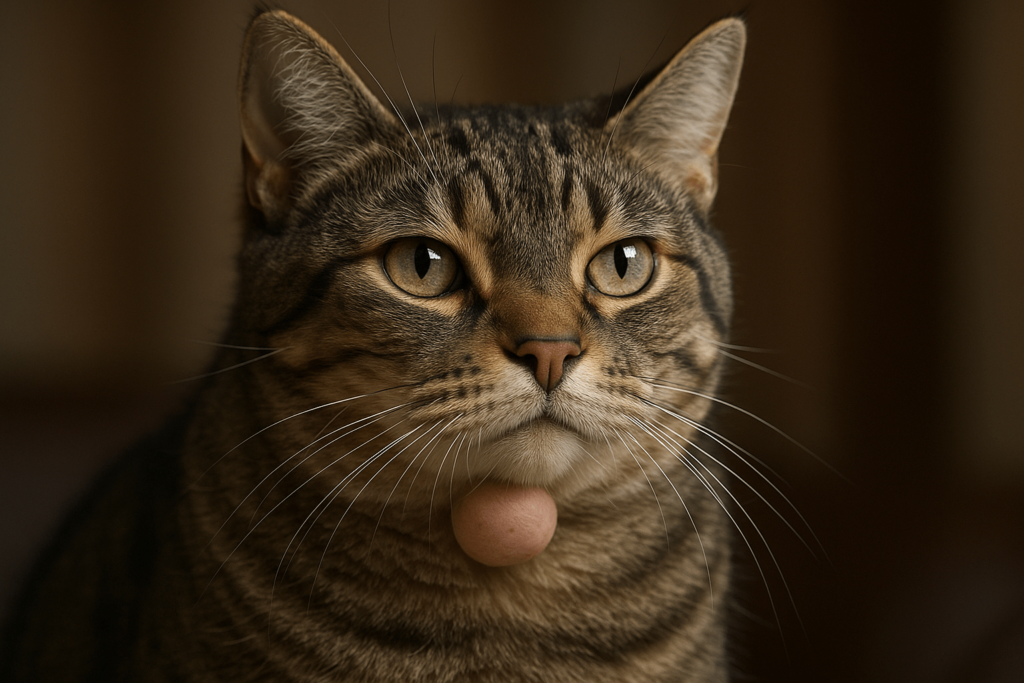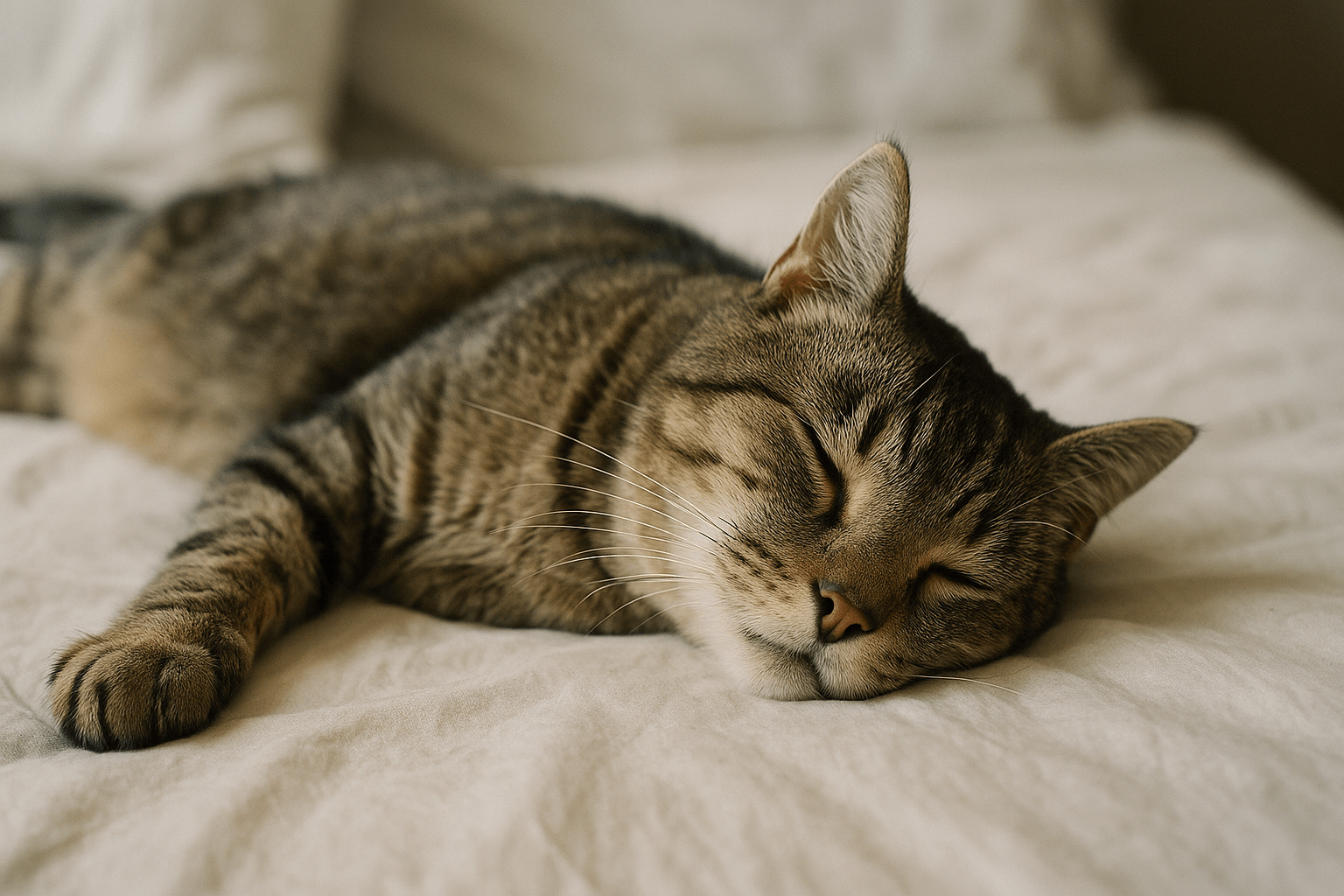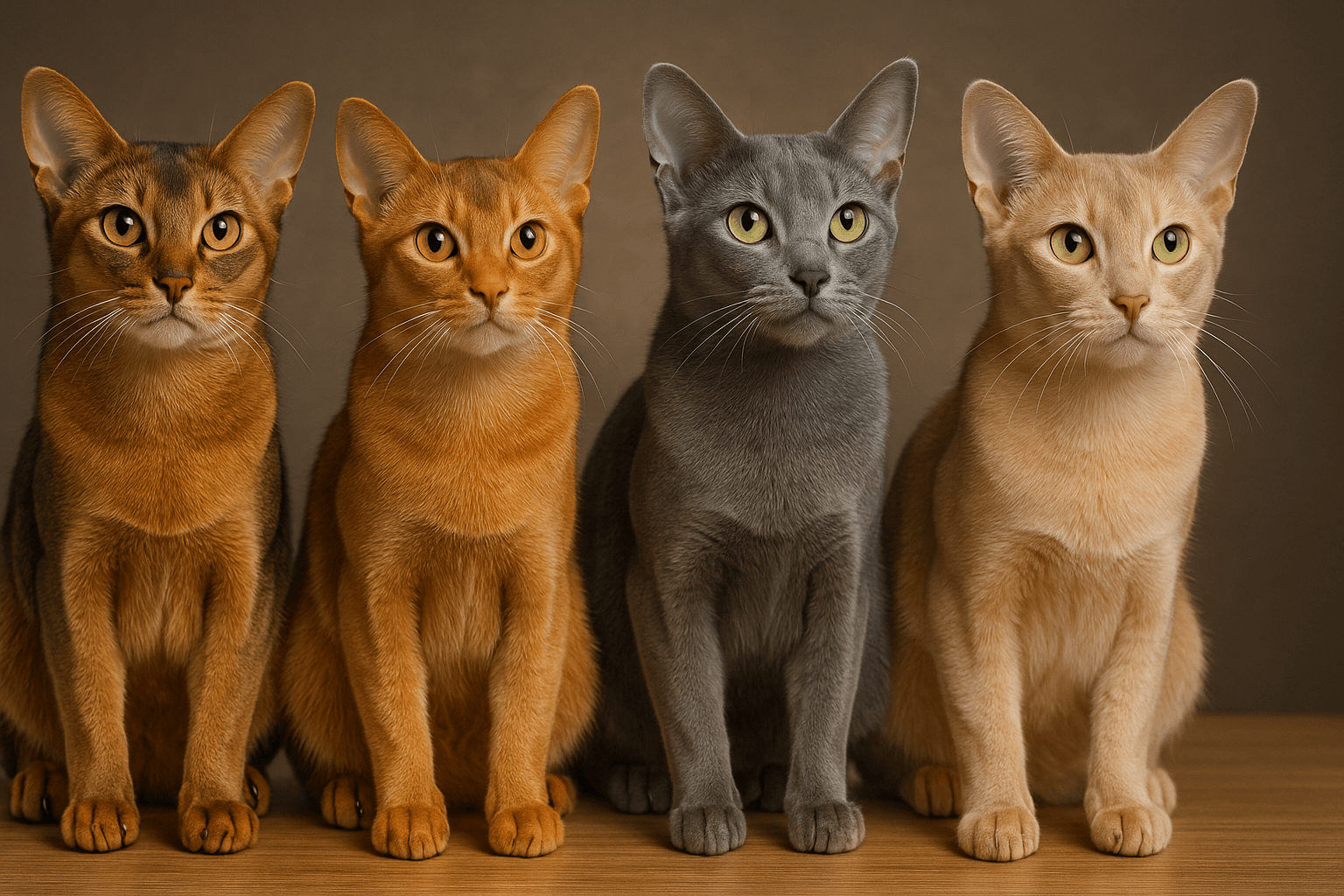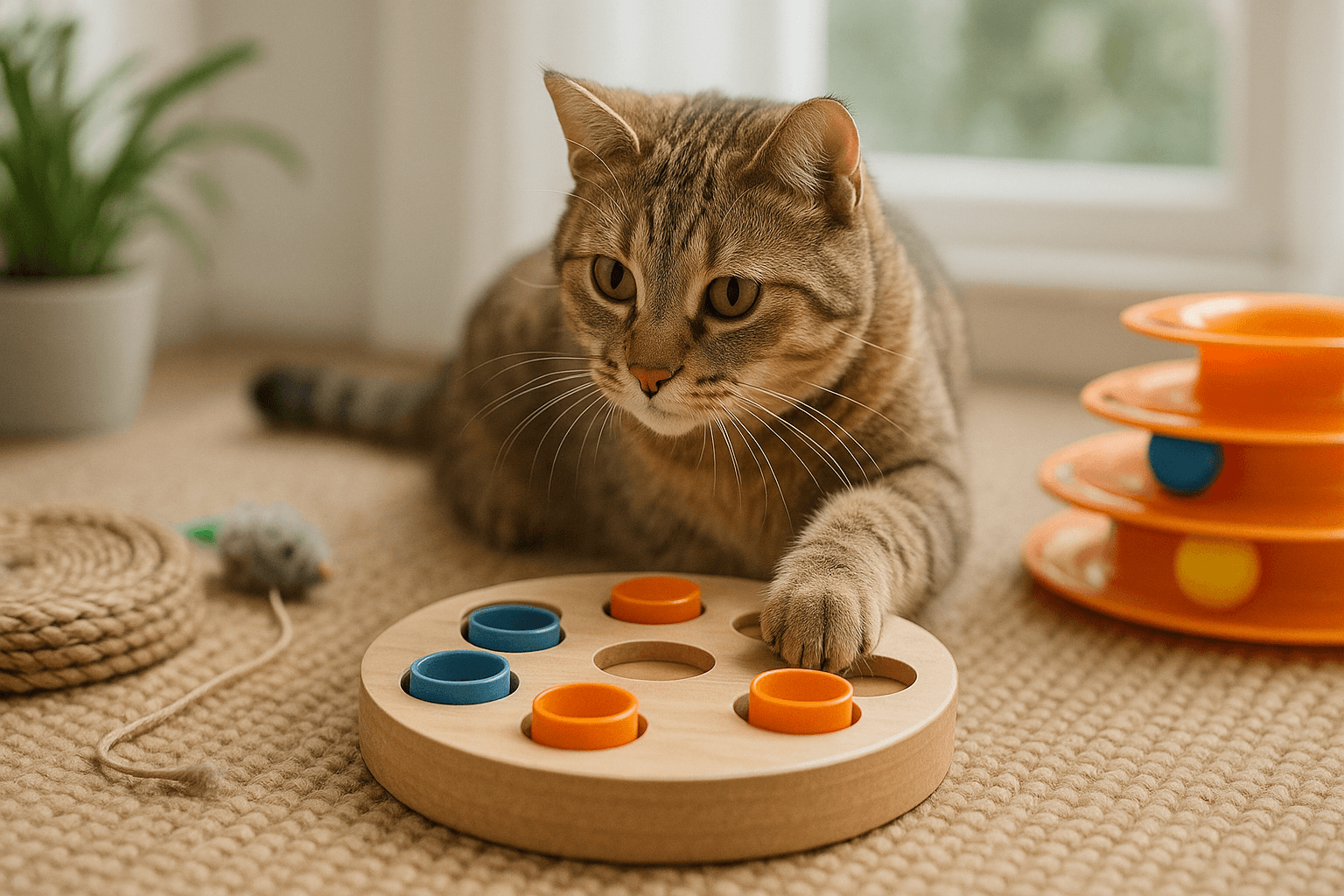Cat Lump Under Chin: What You Need to Know
Discovering a lump under your cat’s chin can be alarming, but it’s important to stay calm and gather information before jumping to conclusions. While some lumps are harmless, others may indicate underlying health issues that require prompt attention. Understanding the potential causes, symptoms, and treatment options is crucial for ensuring your feline friend’s well-being. This guide will explore everything you need to know about cat lumps under the chin, from common causes to expert advice on when to seek veterinary care. Let’s dive in and demystify this concerning condition.
Common Causes of Lumps Under a Cat’s Chin
Lumps under a cat’s chin can arise from various factors, ranging from minor irritations to more serious medical conditions. Identifying the cause is the first step toward proper treatment.
Feline Acne:
Feline acne often presents as small bumps or blackheads under the chin, caused by clogged hair follicles or poor grooming habits.Abscesses:
Bacterial infections from bites or scratches can lead to painful abscesses, which appear as swollen, pus-filled lumps.Allergic Reactions:
Allergies to food, flea bites, or environmental triggers may cause inflammation and swelling under the chin.Tumors or Growths:
Both benign and malignant tumors can develop under the chin, requiring professional diagnosis to determine their nature.Salivary Gland Issues:
Swollen salivary glands or cysts can create noticeable lumps, often accompanied by drooling or difficulty eating.
Understanding these potential causes helps you recognize warning signs and take appropriate action to protect your cat’s health.

Signs Your Cat Needs Veterinary Attention
Not all lumps under a cat’s chin are emergencies, but certain symptoms indicate the need for immediate veterinary care. Being aware of these red flags ensures timely intervention.
Rapid Growth of the Lump:
If the lump grows quickly or changes shape, it could signal a more serious issue that requires investigation.Pain or Discomfort:
Cats showing signs of pain, such as pawing at their chin or avoiding touch, may have an infection or abscess.Loss of Appetite:
A lump interfering with eating or drinking is a clear sign your cat needs professional evaluation.Discharge or Bleeding:
Any discharge, pus, or bleeding from the lump suggests an infection or trauma that needs treatment.Behavioral Changes:
Lethargy, irritability, or other unusual behaviors may accompany serious health concerns related to the lump.
Recognizing these symptoms early allows you to address potential problems before they escalate.
Check this guide 👉Understanding Cat Chin Mites vs Acne: Best 7 Expert Tips!
Check this guide 👉Black Spots on Cat Chin: Best 7 Expert Tips!
Check this guide 👉Flea Poop on Cat Chin: Best 7 Expert Tips!
Possible Causes of Chin Lumps | Recommended Actions |
|---|---|
Feline acne | Clean the area gently; consult vet if persistent |
Abscesses | Seek vet treatment for drainage and antibiotics |
Allergic reactions | Identify allergens; discuss hypoallergenic options with vet |
Tumors or growths | Schedule a biopsy or imaging test with your vet |
Salivary gland issues | Visit vet for examination and potential surgery |
How to Care for Your Cat After Diagnosis
Once your veterinarian has diagnosed the cause of the lump, following their guidance is essential for your cat’s recovery. Here are some general tips for post-diagnosis care.
Administer Medications as Prescribed:
If antibiotics or anti-inflammatory drugs are prescribed, ensure your cat takes them exactly as directed.Keep the Area Clean:
For conditions like feline acne or abscesses, keeping the chin clean reduces the risk of further infection.Monitor for Recurrence:
Keep an eye on the affected area to ensure the lump doesn’t return or worsen after treatment.Adjust Diet or Grooming Habits:
Switching to stainless steel or ceramic bowls and improving grooming routines can prevent future issues.Schedule Follow-Up Appointments:
Regular check-ups with your vet help track progress and catch any complications early.
Proper aftercare promotes healing and minimizes the chances of recurrence, ensuring your cat stays healthy and comfortable.
Preventing Lumps Under Your Cat’s Chin
While not all lumps are preventable, taking proactive steps can reduce the likelihood of many common causes. Prevention starts with good hygiene and attentive care.
Regular Grooming:
Brushing your cat’s fur and cleaning their chin area prevents dirt buildup that could lead to acne or infections.Use Proper Food Bowls:
Avoid plastic bowls, which can harbor bacteria, and opt for easy-to-clean materials like stainless steel or ceramic.Maintain Dental Health:
Good oral hygiene reduces the risk of infections spreading to the chin area. Consider regular teeth brushing or dental treats.Control Fleas and Allergens:
Use flea prevention products and minimize exposure to known allergens to reduce skin irritation.Routine Vet Check-Ups:
Annual exams allow your vet to catch potential issues early, preventing minor problems from becoming major ones.
By incorporating these practices into your routine, you can help keep your cat’s chin—and overall health—in top shape.
When to Worry About a Lump
While many lumps under a cat’s chin are harmless, some warrant immediate concern. Knowing when to worry can make all the difference in your cat’s prognosis.
Hard or Fixed Lumps:
Lumps that feel firm and don’t move easily may indicate tumors or growths requiring further investigation.Persistent Swelling:
If the lump doesn’t resolve within a week or two, it’s time to consult your vet for a thorough examination.Accompanying Symptoms:
Fever, lethargy, or appetite loss alongside a lump signals a systemic issue that needs urgent care.Ulceration or Open Wounds:
Any lump that breaks open or bleeds requires immediate veterinary attention to prevent infection.Recurring Lumps:
Lumps that repeatedly appear in the same spot may point to chronic conditions needing specialized treatment.
Understanding these warning signs ensures you prioritize your cat’s health without unnecessary delays.
Home Remedies vs. Professional Treatment
When dealing with a lump under your cat’s chin, it’s important to distinguish between safe home remedies and situations that demand professional care.
Warm Compresses:
Applying a warm compress can reduce swelling and promote drainage for minor abscesses, but avoid this if the lump seems infected.Avoid Popping or Squeezing:
Never attempt to pop or squeeze a lump, as this can worsen infections or cause additional harm.Over-the-Counter Treatments:
Some topical creams or antiseptics may help mild cases, but always consult your vet before using them.Hydration and Nutrition:
Ensuring your cat stays hydrated and eats a balanced diet supports their immune system during recovery.Know Your Limits:
Home remedies are only suitable for minor issues—if in doubt, always seek professional advice.
Balancing home care with professional guidance ensures your cat receives the best possible treatment.
Emotional Support for Your Cat
Dealing with a lump under your cat’s chin isn’t just a physical challenge—it can also impact your cat’s emotional well-being. Providing comfort and reassurance is equally important.
Create a Calm Environment:
Reduce stress by maintaining a quiet, predictable routine while your cat recovers.Offer Gentle Affection:
Stroke or cuddle your cat gently to reassure them, being mindful of sensitive areas.Engage in Low-Impact Play:
Light play sessions with toys can distract your cat and boost their mood during recovery.Monitor Behavioral Changes:
Watch for signs of anxiety or depression, such as hiding or reduced interaction, and address them promptly.Celebrate Small Wins:
Reward improvements, no matter how minor, to reinforce positivity and resilience in your cat.
By supporting your cat emotionally, you strengthen your bond and help them heal faster.
Frequently Asked Questions About Cat Lumps Under the Chin
What should I do if I find a lump under my cat’s chin?
Monitor the lump closely and schedule a vet appointment if it grows, causes discomfort, or persists for more than a few days.
Can feline acne go away on its own?
Mild cases may resolve with improved hygiene, but persistent acne requires veterinary treatment.
Are chin lumps always dangerous?
Not all lumps are dangerous, but any unusual swelling should be evaluated by a vet to rule out serious conditions.
How much does treatment for a chin lump cost?
Costs vary depending on the diagnosis and treatment plan, ranging from simple cleaning to surgical procedures.
Can diet affect my cat’s risk of developing chin lumps?
Yes, poor-quality diets or food allergies can contribute to skin issues, including acne or swelling under the chin.
Staying Vigilant for Your Cat’s Health
Finding a lump under your cat’s chin can be unsettling, but arming yourself with knowledge empowers you to act confidently and compassionately. By understanding the potential causes, recognizing warning signs, and seeking professional care when needed, you can ensure your furry companion remains happy and healthy. Remember, prevention and early intervention are key to addressing most health concerns effectively. With love, attention, and proactive care, you’ll continue to provide the best possible life for your cherished feline friend.
How Do I Know If My Cat Died Peacefully? Best 7 Expert Tips! Discover the quiet signs of a peaceful feline passing and find comfort in their final moments.
How Do I Know If My Cat Died Peacefully? A Gentle Guide for Heartbroken Owners Losing a cat is not just …
Why Do Abyssinian Cat Colors Matter? Best 7 Expert Tips! Discover the genetics, rare hues, and care secrets behind Abyssinian coat colors for a healthier, happier cat.
Cat Enrichment Activities: Best 7 Expert Tips! Unlock your cat’s natural instincts with proven strategies for mental stimulation, physical health, and lasting happiness.




